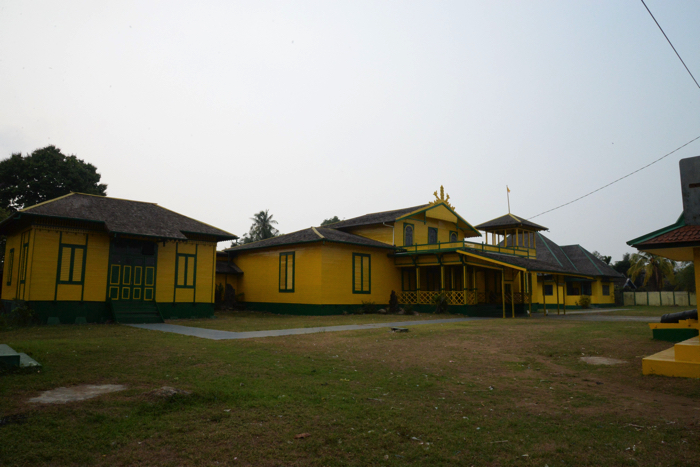- Project Leader : Nishijima Kaoru (Kyoto University, Center for The Promotion of Interdisclinary Education and Reserch)
Outline of Research
In insular Southeast Asia, a number of societies trace their origins to foundation myths, in which a stranger from the sea or sky, namely an outside society, marries an indigenous chief’s daughter. The stranger-kings, who establish kingdoms along coastal areas, wield earthly authority in economic and political spheres. On the other hand, indigenous chiefs, as priest-kings and natives to land, retain religious authorities and claim religious superiority to stranger-kings. Sahlins argues that stranger-kings and indigenous people have a complementary relationship, which he describes as one polity. Although indigenous chiefs or priest-kings claim their independence from stranger-kings, little research has examined the discourses of autochthonous people.
Description
This study aims to reconsider the theory of stranger-kingship by addressing a gap in previous literature, which mainly focuses on the discourses around stranger-kings and pays little attentions to priest-kings. Sahlins argues that stranger-kings and indigenous people are in a mutually dependent and complementary state. On the other hand, this study focuses on the contradictory aspect of the relationships between strangerkings and priest-kings. In many cases in insular Southeast Asia, strangerkings and priests kings exist on competitive and contradictory terms. For example, according to the origin myth of the Matan king, the founder of the Matan kingdom came to Kalimantan from the Majapahit kingdom in Java and married an autochthonous princess. The father-in-law of the princess is believed to be the Ulu Ai’ king. However, indigenous versions of the origin myth narrate how the Ulu Ai’ king come from outside and settled among indigenous people. Hence indigenous people consider Ulu Ai’ king as a stranger-king independent of the Matan king. Furthermore, the historical document shows that these two kings competed with each other. In the colonial period, the Matan king persuaded the Dutch government to capture the Ulu Ai’ king, who agitated anti-Dutch attitudes among the local people. A similar case can be found in Sumatra island as well. Si Singa Mangaraja of Northern Sumatra is thought to be a priest-king of the Batak people, yet the Barus king, who is a stranger-king, wields worldly authority in the coastal area. The origin myth of the Barus king emphasizes the inseparable relationship between the Barus king and Si Singa Mangaraja. On the other hand, the Batak people thought that Si Singa Mangaraja had a separate origin unrelated to the origin of the Barus kings. In the 19th century, Si Singa Mangaraja led an anti-Dutch revolt and assumed political authority. In the course of the revolt, Si Singa Mangaraja acted as if he was king of of the Batak kingdom, which was independent from Barus Kingdom. These cases show that stranger-kings and priestkings are not “in a state of mutual dependence and reciprocal incorporation” as Sahlins argues [Sahlins 2007]. The expected result of this research is to clarify 1) that stranger-kings and priest-kings are mutually independent kings; 2) that priest-kings, who are politically powerless, can become powerful political figures by gaining followers, and 3) that it is inadequate to see relations between stranger-kings and priest-kings as in a state of static binary opposition.
Shalins, Marshal. 2008. “The Stranger-king or, Elementary Form of the Politics of Life.” Indonesia and the Malay World 36: 177-194.
__. 2017. The Atemporal Dimensions of History: In the Old Kongo Kingdom, for Example, In David Graeber and Marshall Sahlins eds., On Kings. Chicago: Hau Books, pp. 140-221.
 Harvest Ritual of the Krio People in West Kalimantan |
 Palace of the Matan Kingdom in West Kalimantan |
